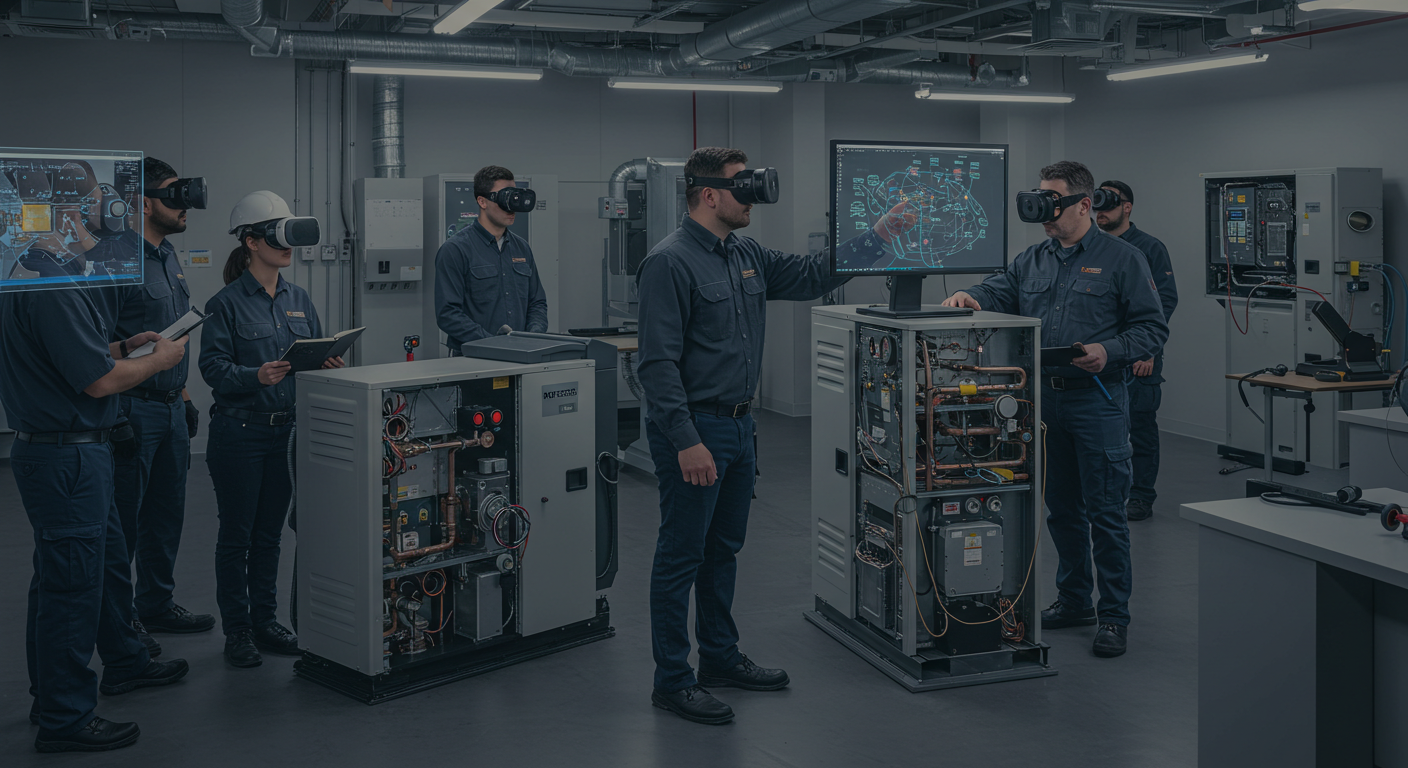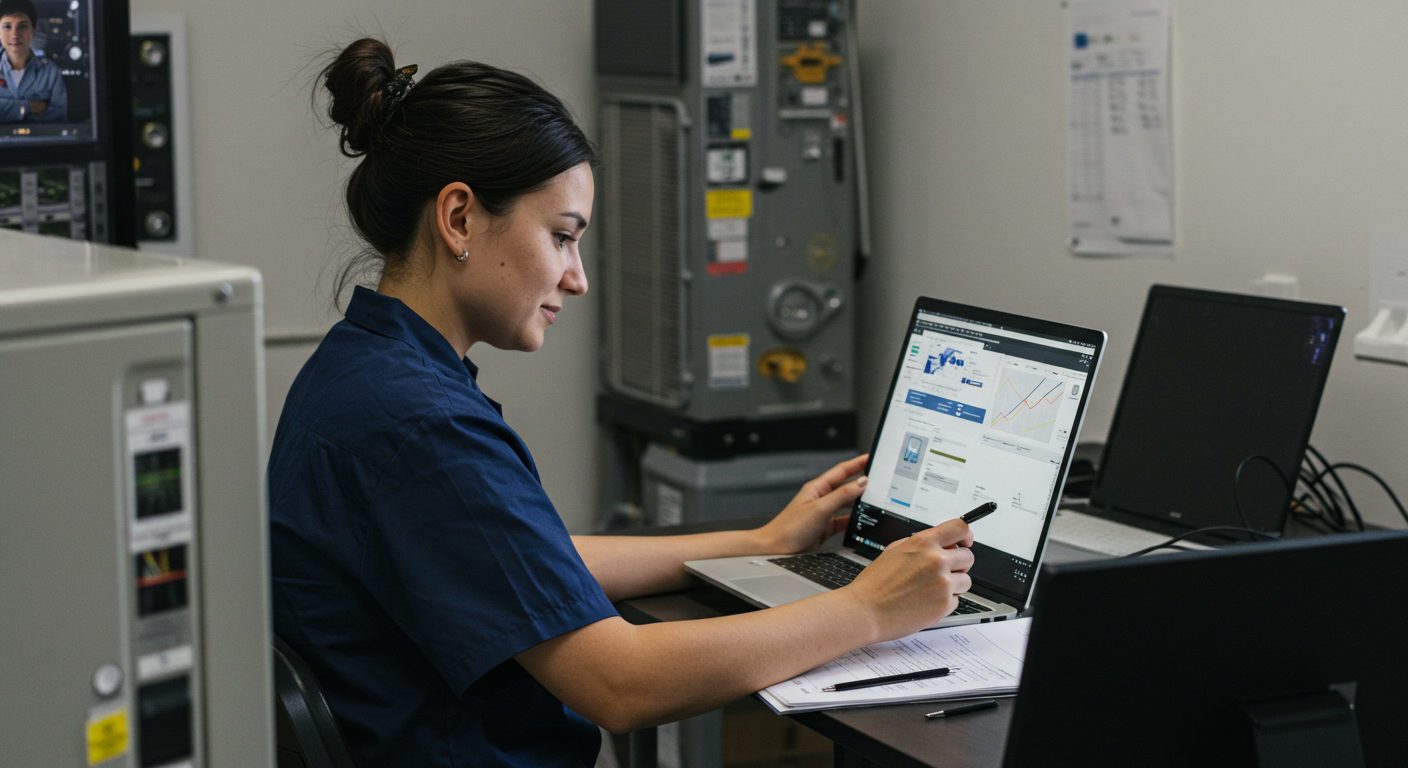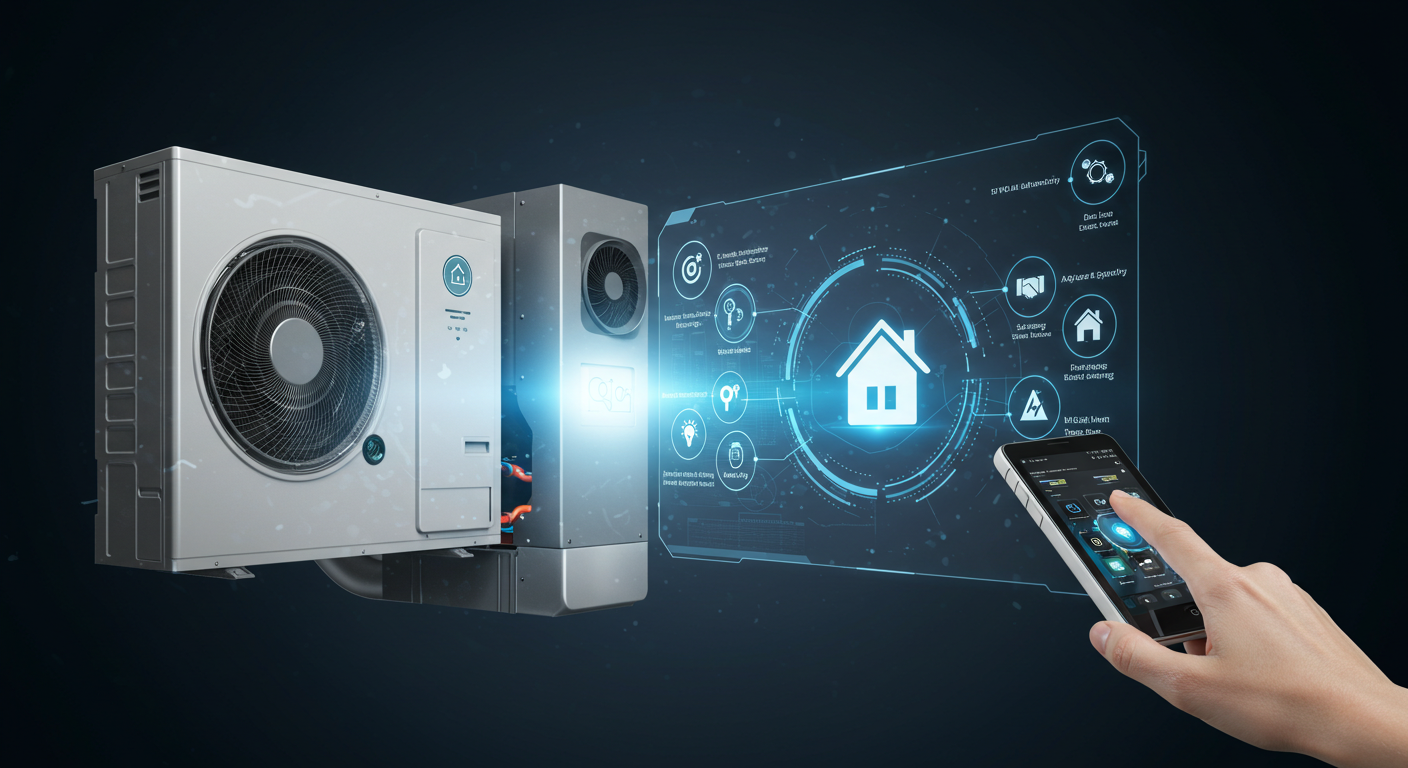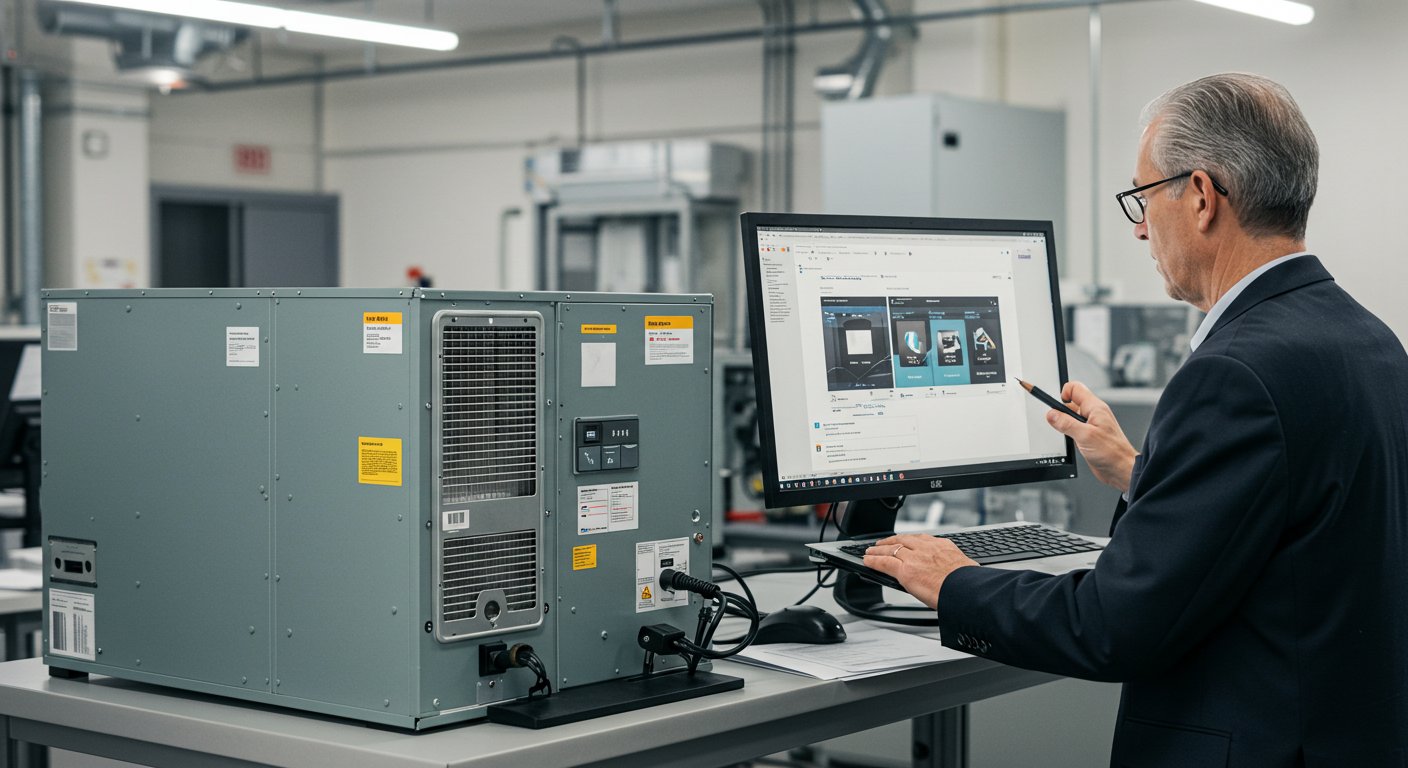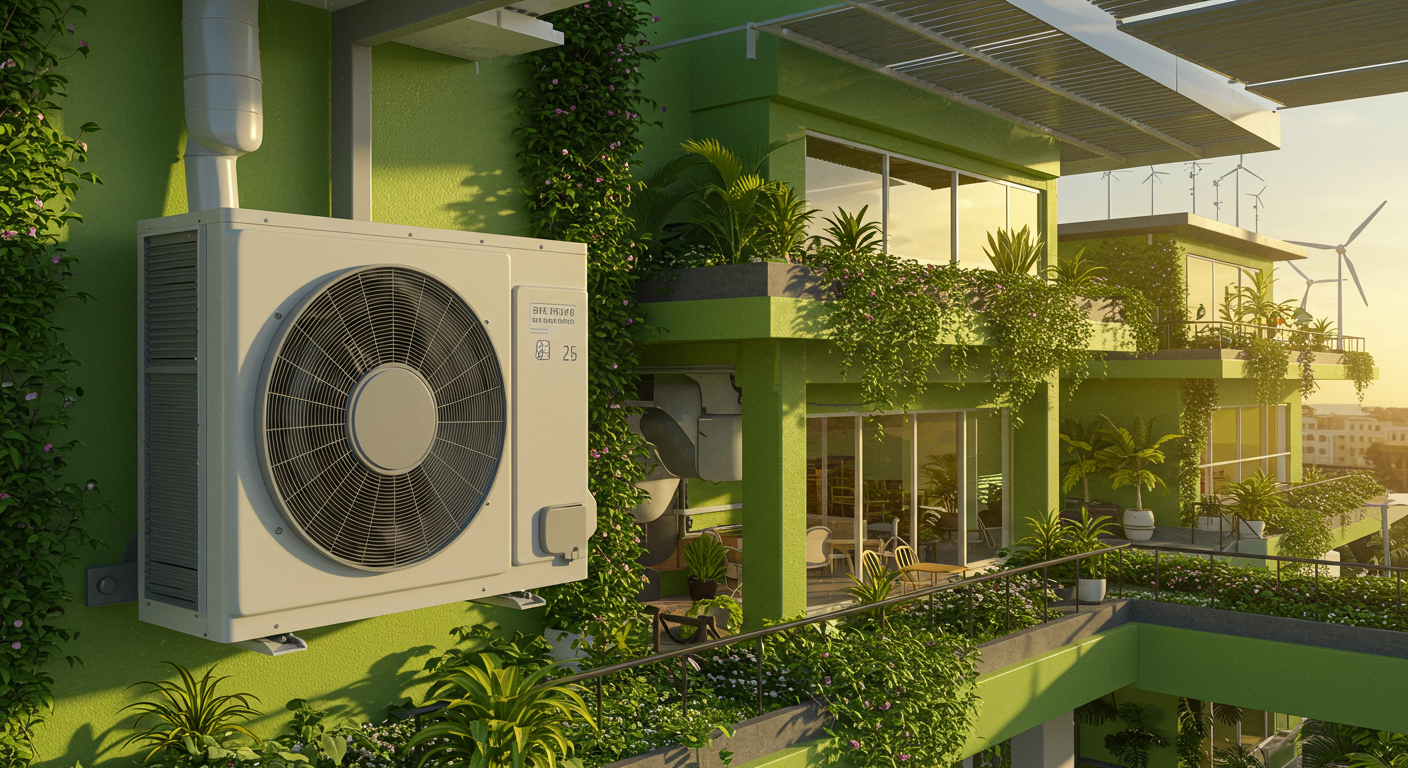Scheduling Smarter: Balancing Maintenance and Installs in HVAC
In the bustling world of HVAC, October stands out as a peak month, with a flurry of maintenance requests and urgent installations due to summer’s lingering heat and preparation for winter. Navigating this period efficiently is crucial for maximizing productivity and minimizing downtime. Let’s explore how you can optimize maintenance scheduling and installations, ensuring a balanced workload throughout the year.
The Power of Dynamic and Room-Specific Scheduling
Dynamic scheduling isn’t just a buzzword—it’s a game-changer. By adopting room-specific and dynamic scheduling strategies, you can achieve up to 40% energy savings. This approach also reduces weekday energy consumption by 26%, as demonstrated by real-world projects that saw a 3.5% reduction in total energy use and a 6.5% decrease in peak demand.
Cost-Effective Maintenance vs. Installation Scheduling
Facilities opting for predictive or preventive maintenance strategies can save 8–12% compared to reactive approaches. By leveraging data-driven scheduling, maintenance costs can drop by up to 25%. Investing in advanced controls and regular calibration of air handling units, without incurring upfront costs, can further enhance efficiency.
Optimizing Seasonal Demand
October’s demand surge can be daunting, but strategic planning can flatten seasonal peaks. Proactive contractors shift maintenance from the summer and winter rush to off-peak months, like September, which is often the industry’s lull. This strategy not only boosts off-season revenue but also alleviates operational pressure.
- September is ideal for cost-effective servicing, with service calls 20%-40% cheaper than peak summer.
- Only 30% of homeowners schedule preventive maintenance, missing out on significant cost and reliability benefits.
- Utilizing smart thermostats like the Ruud Econet 800 Series helps predict and prevent breakdowns, supporting both maintenance and installs.
Conclusion
Balancing maintenance and installations effectively requires a proactive approach, leveraging dynamic scheduling and preventive strategies. By optimizing your schedule, you can reduce costs, improve system reliability, and manage workload efficiently throughout the year.
Ready to transform your scheduling strategy? Start with data-driven insights and watch your operations thrive!
FAQ: Efficient HVAC Scheduling Practices
What is the best strategy for balancing maintenance and installation?
Combining dynamic scheduling with predictive maintenance offers the best balance, reducing energy use and costs while enhancing reliability.
How can I optimize my HVAC schedule during peak seasons?
Shift some maintenance tasks to off-peak months like September to flatten demand, enhance revenue, and reduce operational strain.
Why is preventive maintenance scheduling important?
Preventive maintenance can save 8–12% in costs and improve system reliability, avoiding expensive emergency repairs during peak times.
How do smart thermostats assist in maintenance scheduling?
Smart thermostats like the Ruud Econet 800 Series offer dynamic scheduling and analytics, helping predict breakdowns and optimize maintenance timing.
What are the benefits of data-driven scheduling?
Data-driven scheduling can lower maintenance costs by up to 25%, ensuring efficient resource allocation and minimizing downtime.


